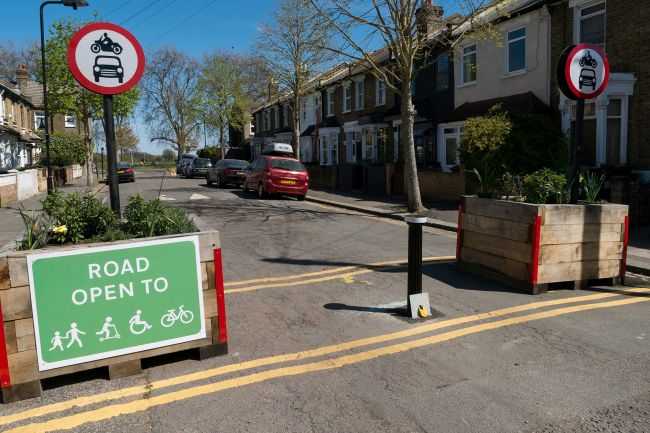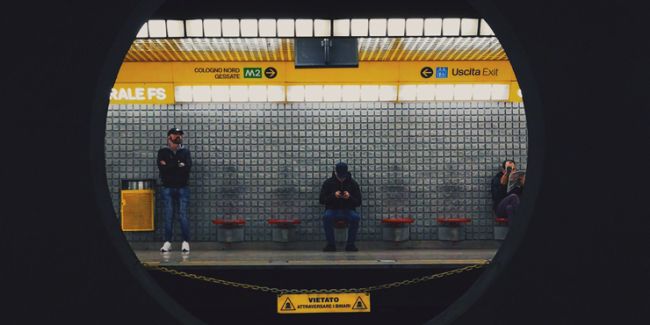Making fares make sense
Smart card and mobile payment technologies have led many transit agencies to adapt their fare policies and strategies.
Smart card and mobile payment technologies have led many transit agencies to adapt their fare policies and strategies. New technology allows for new ways to set, calculate and pay fares, creating opportunities to align fare strategy with both broader policy goals and customer needs.
Developing new fare strategies can be politically and technically complex, as transit fare strategy shapes the price travelers pay, which in turn impacts ridership, revenue and financial sustainability.
Steer Davies Gleave has developed a sequential approach to managing the complexity of fare strategy development: (1) setting principles and objectives, (2) designing service structure and fare structures, and (3) optimizing fares through pricing/transfer/product/concession strategies.
This is based upon first addressing the highest ‘precedence’ fare strategy components, which have the highest impact on the fare structure, in order to manage complexity.
The first step of the development process is to set the objectives of the fare strategy. These may include an overall financial performance objective, such as recovering a minimum proportion of, or sometimes all, the operating and overhead costs allocated to the transit system. They may also include objectives of shaping demand: increasing ridership, managing excess demand at peak periods, encouraging use of spare capacity outside peak periods, allowing easy transfer between transit lines or modes, and assisting particular neighborhoods and social groups such as seniors, students and families. Clear agreement on objectives for the longer term can be used to reshape the overall structure of fares over time to achieve them.
While quantitative tools will be essential to support this analysis, it will also be important to understand how customers and operators will interact with the system. The service and fare structure components should be set out to provide guidance for how fares should be varied:
- Do fares vary by service type?Some systems may vary fares by service because different services cost more or offer higher quality. Others have uniform fares across all services.
- Do fares vary with time? Some agencies may opt to vary fares by time of day and week (and sometimes by direction) to encourage travelers who make use of spare capacity and to discourage those who contribute to overloaded peaks.
- Do fares vary by distance traveled? A distance-based fare may more accurately reflect the cost of service because transit costs are shaped by how far vehicles travel and how long they operate. To achieve this, fares may vary by distance based on zones or measured distance with an appropriate measurement system set for each mode. However, some agencies may adjust how fares vary with distance to rebalance fares between different neighbourhoods, and some may opt for flat fares.
While structures explored in this process may appear complex, a complex ‘back end’ fare structure does not mean the system cannot be communicated in a clear and simple way to the user.
The resulting structure can then be optimized using pricing, transfer, product, and concession strategies, which allow fares to develop ridership further in line with broader policy objectives. There are two considerations:
- Using the service and fare structures, what value/price should be set for the individual fares and transfers?
- What complementary products/concession will further make transit universally accessible and an attractive travel option, while maintaining the required level of financial sustainability?
This sequential approach has been used successfully to support our clients through the complexity of developing new fare strategies in a logical and legible manner that allows key decision points to drive the development process. Steer Davies Gleave has recently applied this approach for Metrolinx in the Greater Toronto and Hamilton Area in order to support the development of a regionally-integrated fare structure.























